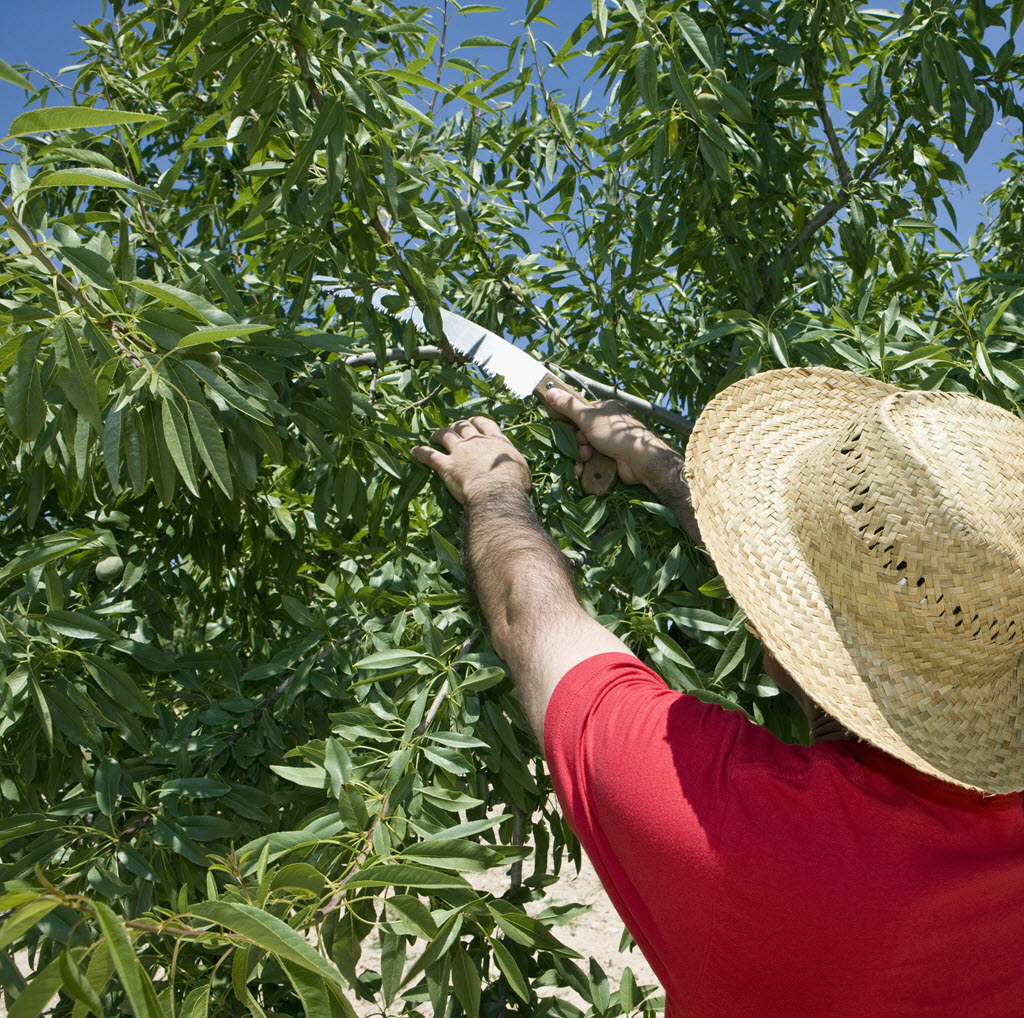A pruning saw is an indispensable gardening tool for tackling thicker branches and woody stems that are too large for hand pruners but too small for a chainsaw With proper technique, a quality pruning saw makes quick work of minor pruning tasks. Here are 5 of the top uses for this versatile hand tool
1. Removing Medium-Sized Branches
Pruning saws excel at removing unwanted branches around 2-4 inches in diameter Their sharp, small blades can access tight branch collars Make an undercut partway through the underside of the branch first. Then finish with a top cut to remove the branch cleanly without tearing the bark. Pruning saws give you more control than loppers for precision pruning cuts.
2. Cutting Back Overgrown Shrubs
Old, overgrown shrubs often develop thick, woody stems. A pruning saw is perfect for cutting these stems back to just above a healthy outward-facing bud to encourage bushier new growth. The narrow blade angles easily into dense shrub branches. Pruning saws are ideal for rejuvenating neglected lilacs, forsythia, hydrangea and other overgrown shrubs.
3. Harvesting Tree Limbs for Crafts
Pruning saws allow you to safely and efficiently harvest small branches or limbs from trees to use for craft projects. Their sharp teeth cut cleanly through green wood. Look for straight, disease-free branches around 1-3 inches thick. Always prune judiciously, removing no more than 1/3 of the tree’s limbs annually.
4. Accessing Tight Spots
Compared to bow saws, pruning saws have narrower blades that can fit into tight areas between branches or next to the trunk. Their short blades and curved handles are perfect for pruning inner branches of shrubs and trees. Pruning saws give you the maneuverability needed for detail pruning work.
5. Prepping Firewood
While chainsaws and axes split large logs pruning saws are handy for breaking down smaller branches into kindling or firestarters. Their smaller size provides more control for this detail work. Make sure to use the proper sawing technique support the wood on a chopping block and always cut away from your body.
Here are some tips for using a pruning saw safely and effectively:
-
Choose the right size saw – shorter blades for tight spots, longer for thick branches.
-
Pick folding or retractable blades for convenient storage and transport.
-
Wear protective gloves and eyewear when pruning.
-
Clean the teeth regularly and replace dull blades.
-
Position yourself above branches when possible so they fall away from you when cut.
-
Always cut with a smooth motion and let the sharp teeth do the work.
-
Sterilize blades between cuts on different trees/shrubs.
With the rightsaw for the job and proper cutting technique, pruning saws allow you to trim and shape trees and shrubs for optimal health and beauty. They are must-have tools for serious gardeners looking to upgrade from hand pruners. Try one on your overgrown shrubs and unruly fruit trees and see why pruning saws are gardening essentials!
The Secret to Using a Pruning Saw with Ben Hayman | How-to Garden Series | Episode 6
FAQ
What are the uses of a pruning saw?
What is the use of pruning tool?
What are 2 uses of pruning shears?
- A Complete Guide to Caring for Yuki Cherry Blossom Shrub - January 23, 2025
- Identifying Red Hot Poker Seeds: What to Look For When Harvesting Torch Lily Pods - January 23, 2025
- A Complete Guide to Harvesting Evening Primrose Seeds - January 23, 2025

